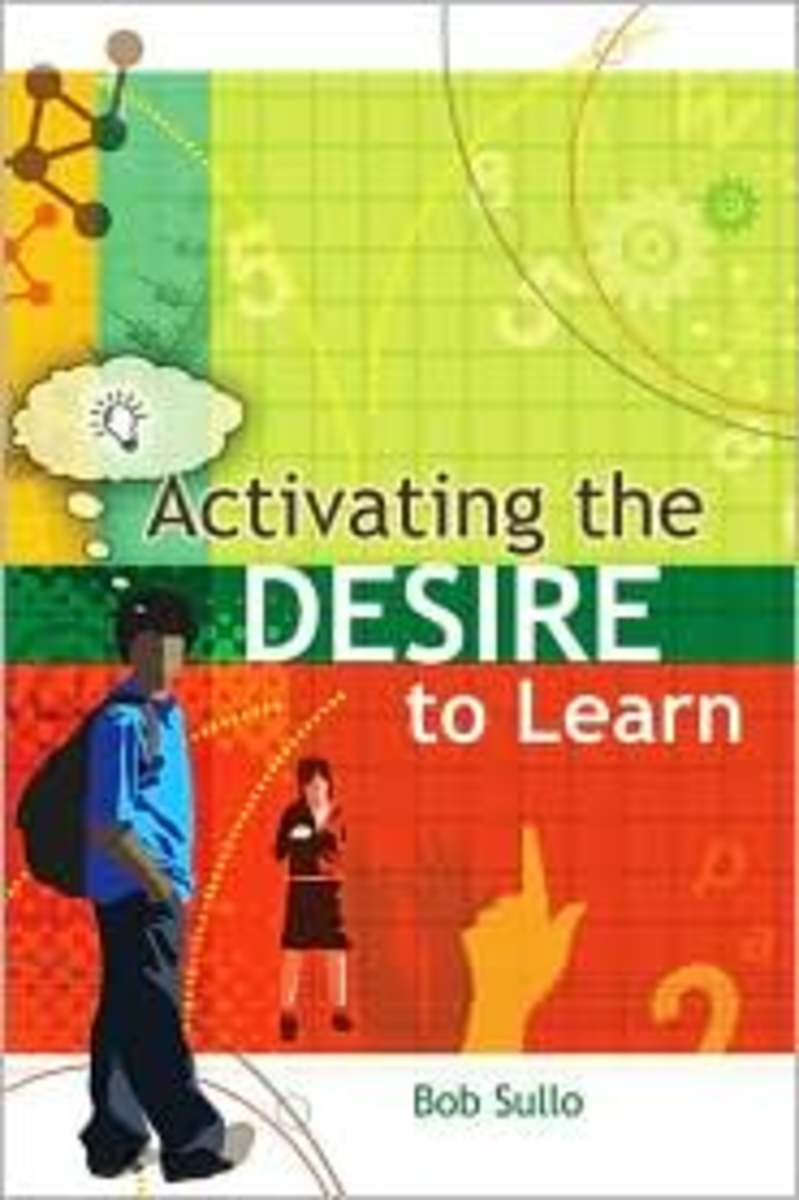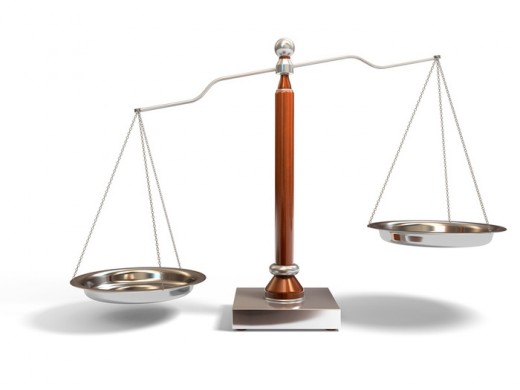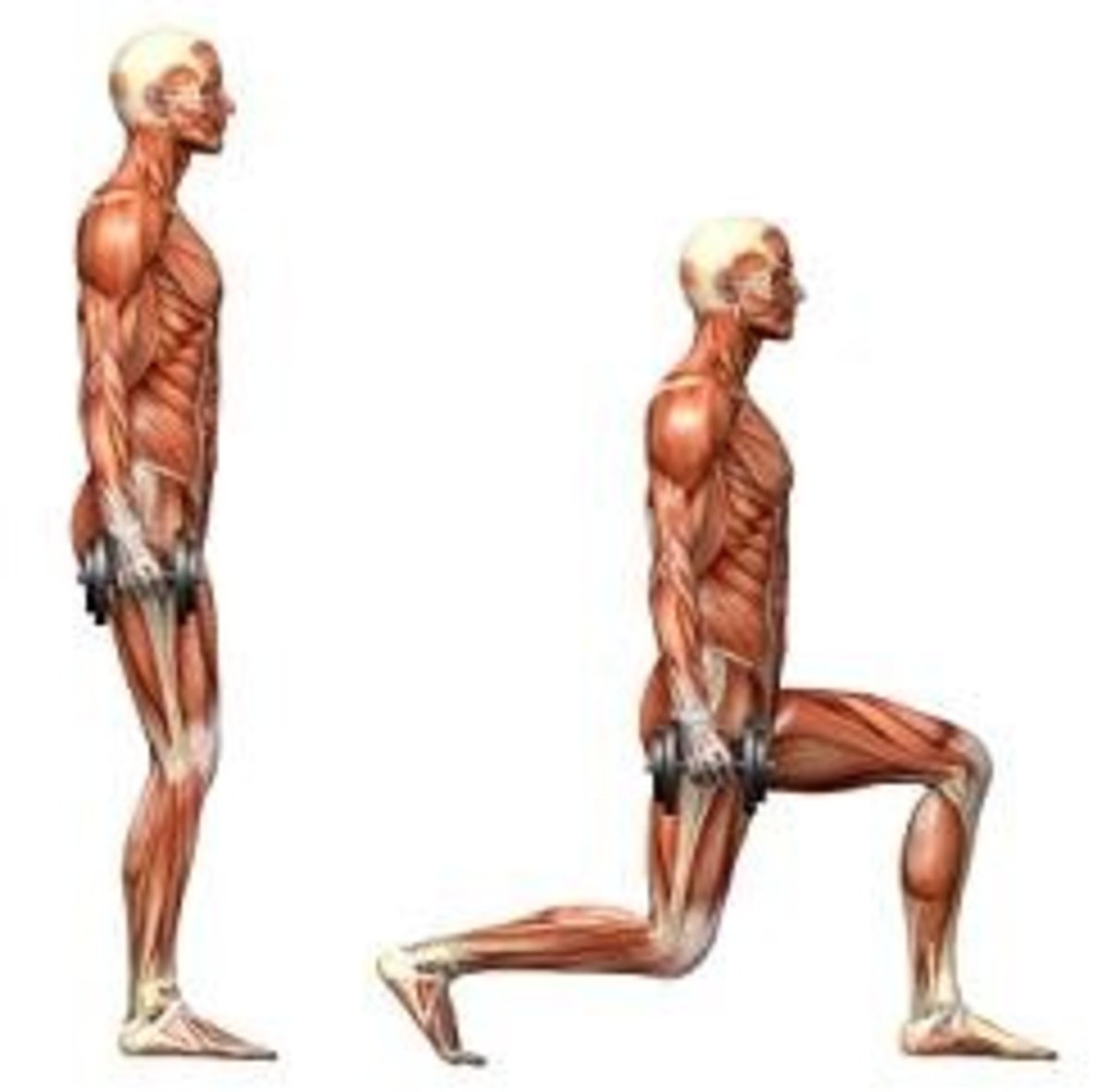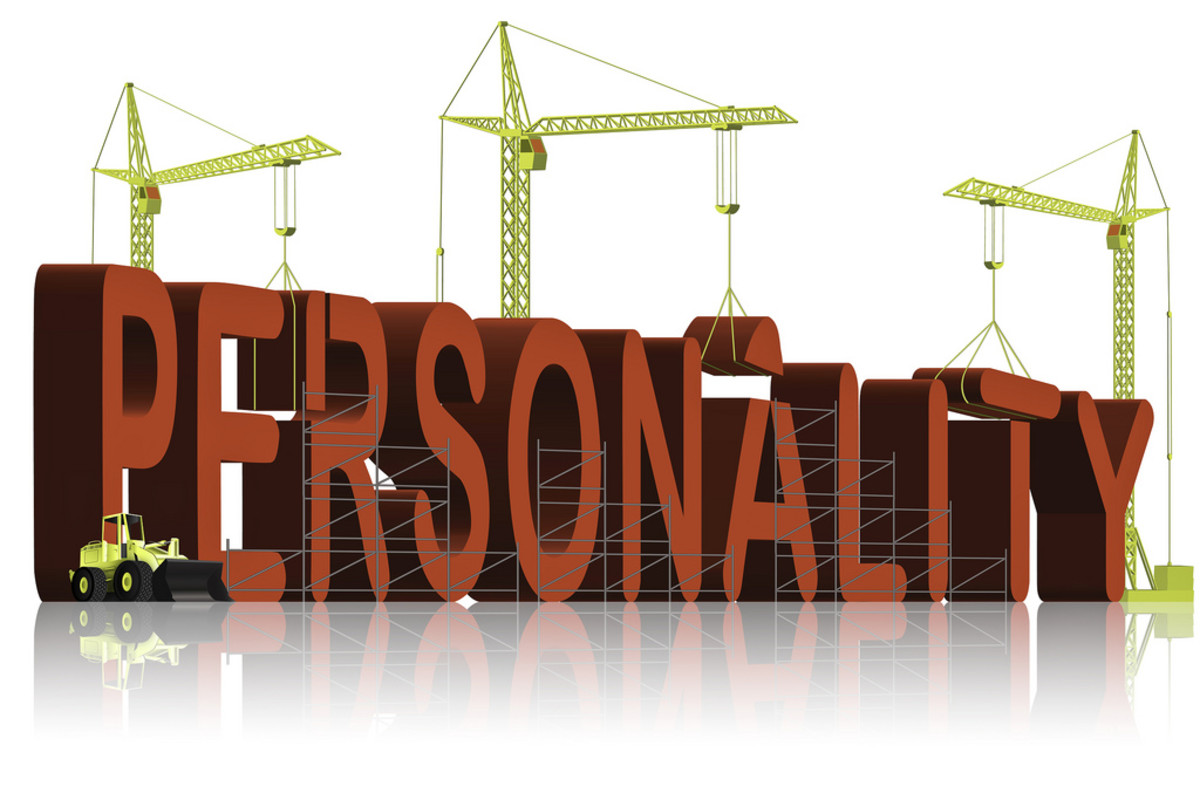Activating Desire (1)

What is Internal Motivation?
I am like a balance scale. On the inside, I am balanced. But what I perceive myself to be and what I actually am are not always the same. When my vision of myself does not match my reality, my balance starts to tip. Just as if someone put a tiny weight on one of my balancing plates.
At that point, there are choices to be made. I can put a weight of equal measure on the other balance plate to even the load. I can force my balance plates to realign by pushing down on the higher plate or pushing up on the lower plate. Or I can decide that my scale may not be balanced, but it's close enough. It's only one weight after all. I don't have to do anything about it right now.
I expect my classroom to be a certain way. My vision is idealistic. The students are excited to learn. They eagerly listen to me teach, and actively engage in my activities. They ask wonderful questions and teach each other. They answer my deep questions, listen to each other, and enjoy learning. They are excited to reflect on the learning of the day and eager to return tomorrow to continue on the path.
So when one of my students decides to sit and let the group do all the work, my balance tips. I have a choice. I can adjust my own expectations to accommodate for students who don't want to work, thus adding a weight to the other scale to balance the load. I can approach the student and manipulate him into sharing the work load by asking a question or giving away an answer. Or I can force him into participating by making him feel guilty for not helping his group, or threatening to send him to the office if he doesn't get to work. Thus pushing down on the higher plate or pushing up on the lower plate. Or I can decide to completely ignore the whole thing. Until a few weeks go by while more students follow suit, and before I know it, my scale is so unbalanced that I have to do something drastic to realign my vision with my reality. I punish, I embarrass, I belittle, I yell. I ruin everything.
The ideal reaction to the situation would be to simply remove the weight that has caused the imbalance. But when that weight comes from a student, removing it is not my choice. It's the student's choice. All I can do is remind that student to help the group so learning can take place. If the student realizes that his own balance is tipped when he sits there disengaged, then he will remove the weight himself, from both scales.
That is internal motivation.









